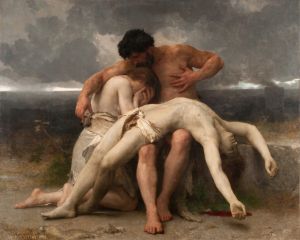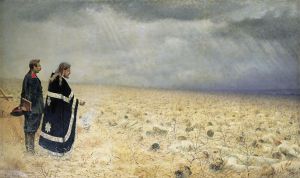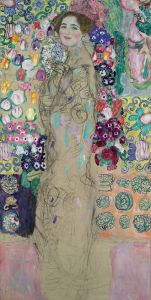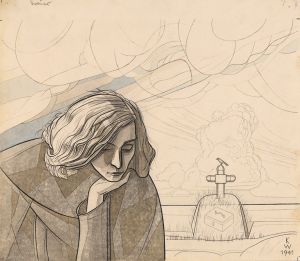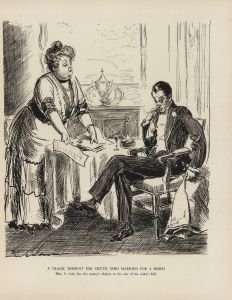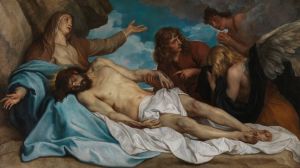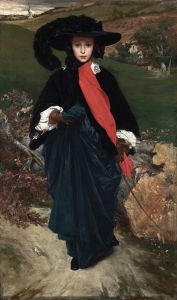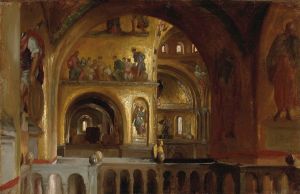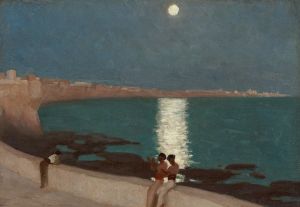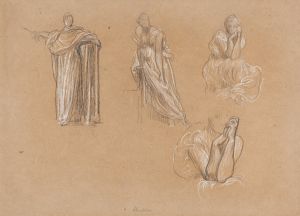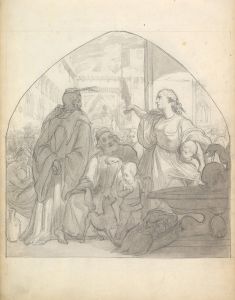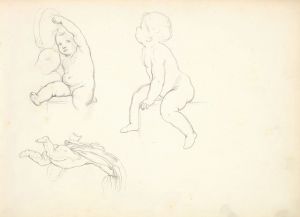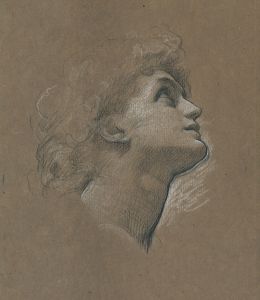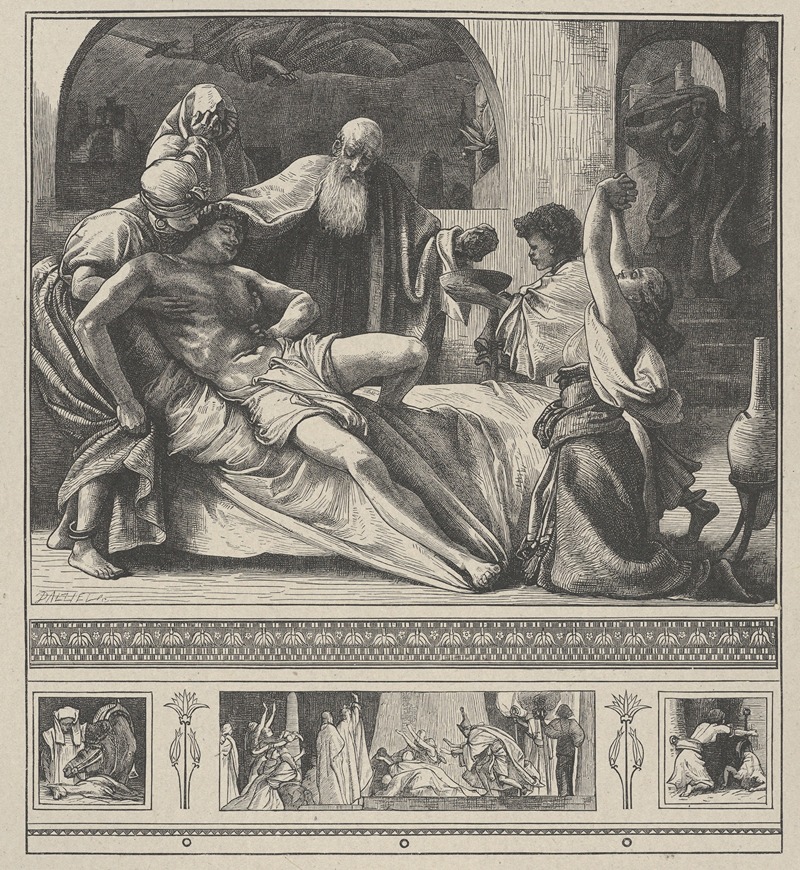
Death of the Firstborn
A hand-painted replica of Frederic Leighton’s masterpiece Death of the Firstborn, meticulously crafted by professional artists to capture the true essence of the original. Each piece is created with museum-quality canvas and rare mineral pigments, carefully painted by experienced artists with delicate brushstrokes and rich, layered colors to perfectly recreate the texture of the original artwork. Unlike machine-printed reproductions, this hand-painted version brings the painting to life, infused with the artist’s emotions and skill in every stroke. Whether for personal collection or home decoration, it instantly elevates the artistic atmosphere of any space.
"Death of the Firstborn" is a painting by the British artist Frederic Leighton, created in 1857. Leighton, who was later known as Lord Leighton, was a prominent figure in the Victorian art world and served as the President of the Royal Academy of Arts from 1878 until his death in 1896. His works are often characterized by their classical themes and meticulous attention to detail.
The painting "Death of the Firstborn" depicts a poignant and dramatic scene from the biblical story of the Plagues of Egypt, specifically the final and most devastating plague, which led to the death of all firstborn sons in Egypt. This event is described in the Book of Exodus in the Old Testament. The painting captures the moment of profound grief and despair experienced by an Egyptian family upon discovering the death of their firstborn child.
In the composition, Leighton employs a somber and muted color palette to convey the gravity of the scene. The central figures are a grieving mother and father, who are depicted with expressions of deep sorrow and anguish. The mother is shown holding the lifeless body of her child, while the father stands beside her, his face etched with pain. The background of the painting is dark and shadowy, further emphasizing the tragic nature of the event.
Leighton's attention to detail is evident in the careful rendering of the figures' clothing and the intricate patterns on the fabrics. The artist's skillful use of light and shadow adds depth and dimension to the scene, highlighting the emotional intensity of the moment. The composition is balanced and harmonious, with the figures arranged in a way that draws the viewer's eye to the central focus of the painting—the lifeless child.
"Death of the Firstborn" was exhibited at the Royal Academy in 1857, where it received critical acclaim for its powerful depiction of a biblical subject and its technical excellence. The painting is considered one of Leighton's early masterpieces and showcases his ability to convey complex emotions through his art.
Frederic Leighton was known for his classical training and his admiration for the art of the Renaissance and ancient Greece. His works often reflect these influences, and "Death of the Firstborn" is no exception. The painting demonstrates Leighton's mastery of composition, anatomy, and the use of color to evoke a strong emotional response from the viewer.
Today, "Death of the Firstborn" is held in a private collection and is not widely accessible to the public. However, it remains an important work in the study of Victorian art and Leighton's oeuvre. The painting continues to be appreciated for its artistic merit and its poignant portrayal of a timeless and universal theme of loss and mourning.





